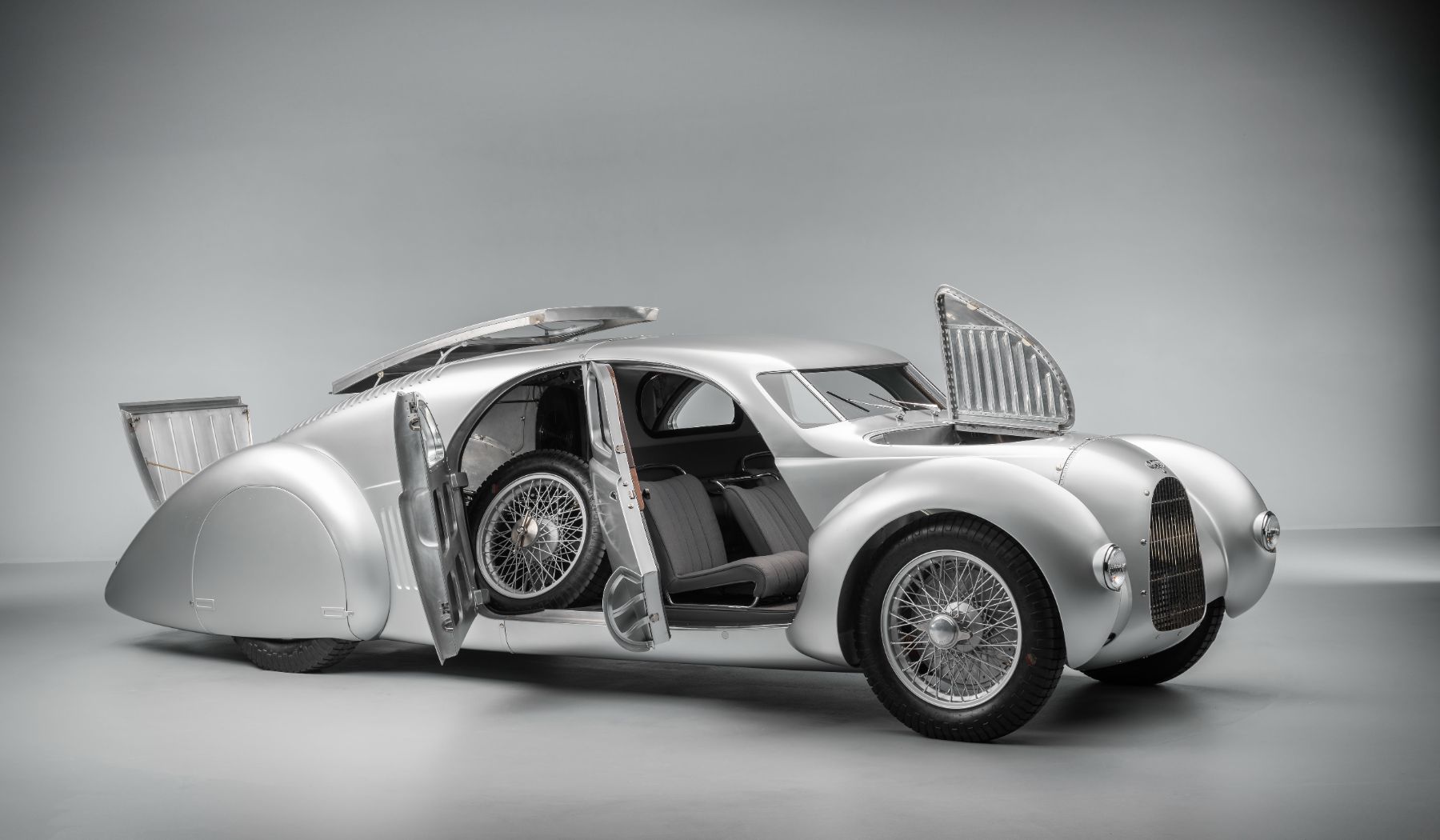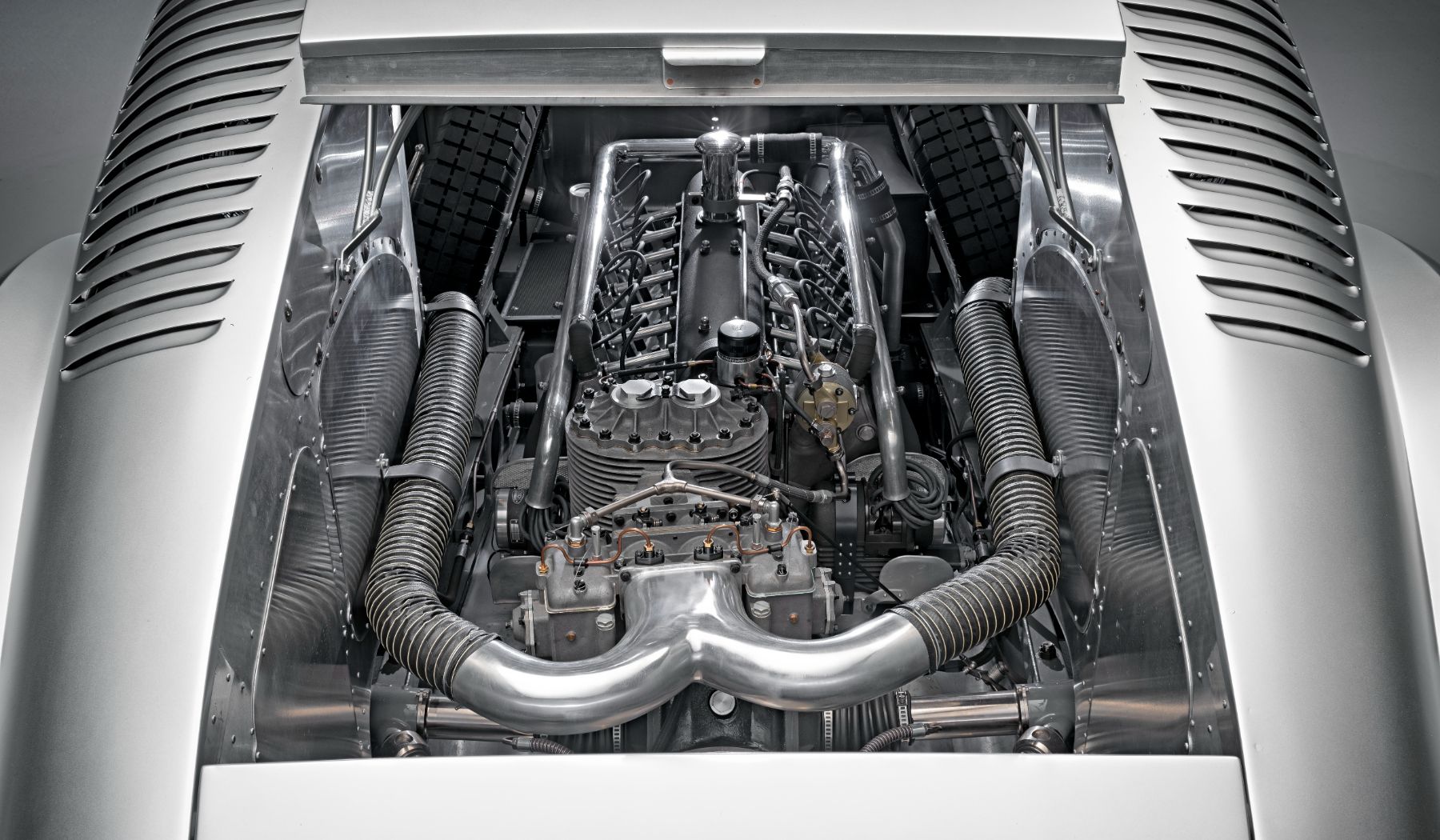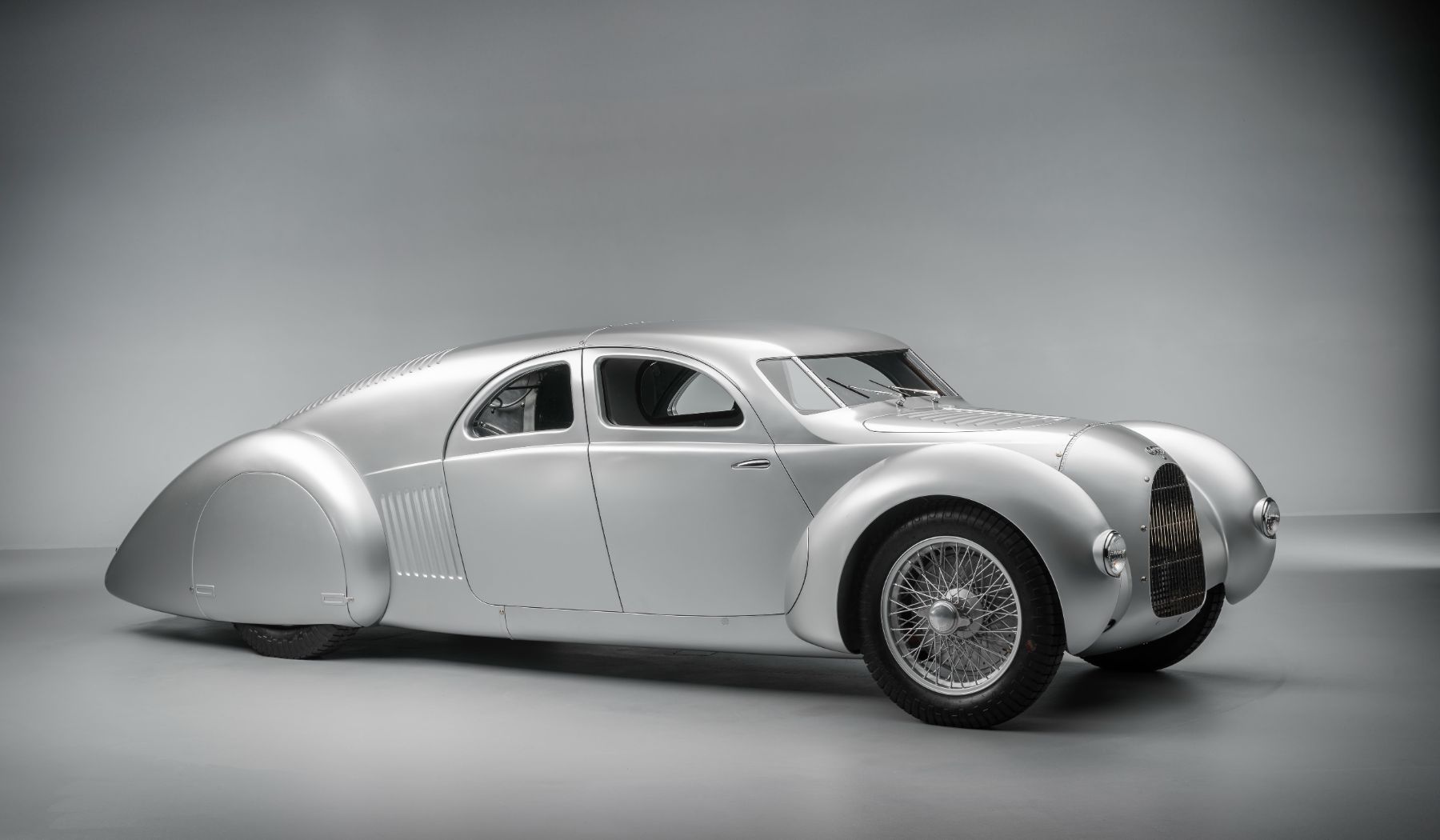Ferdinand Porsche’s visionary design, the Auto Union Type 52 Schnellsportwagen, has finally materialized after decades of remaining a blueprint. Conceived by the German automaker Auto Union in the early 20th century, the car’s production was never realized due to various factors, including the turbulent times of the era.
Audi, the company’s modern successor, has brought this automotive dream to life, revealing the stunning V16-powered classic at the Goodwood Festival of Speed. The Auto Union Type 52 Schnellsportwagen represents a pinnacle of automotive engineering and design. With its sleek, aerodynamic body and powerful V16 engine, the car was intended to be the fastest road car of its time.
However, the outbreak of World War II and the subsequent dissolution of Auto Union prevented its production. Now, decades later, Audi has resurrected this automotive legend, paying homage to its rich heritage. The modern-day interpretation of the Type 52 not only captures the original design’s essence but also incorporates contemporary technology and materials.

The result is a stunning vehicle that seamlessly blends classic aesthetics with cutting-edge engineering. Before the outbreak of World War II, Auto Union and Ferdinand Porsche had conceived an ambitious project: the creation of a road-going sports sedan capable of reaching speeds of 200 mph. This audacious endeavor, codenamed Type 52, was shelved due to the war’s demands. However, decades later, Audi Tradition decided to revive this forgotten dream.
With the help of British classic car experts, Crosthwaite & Gardiner, the team began recreating the Type 52. Using original blueprints and sketches, they meticulously constructed the car, adhering closely to the original design while making necessary modifications to accommodate modern components and safety standards.
The result is a stunning tribute to a lost era of automotive innovation. One of the most striking features of the Type 52 is its aerodynamic bodywork. The designers carefully followed the original sketches to recreate the iconic curves and lines that would have defined the car in the 1930s. The front end features a low, raked nose and a prominent grille, while the rear is characterized by a flowing tail and integrated fenders.
While the exact specifications of the engine are unknown, it would likely have produced a substantial amount of power and torque. The recreation of the Type 52 is a remarkable achievement that showcases the dedication and skill of the team involved. It is a tangible reminder of a time when automotive engineering was at the forefront of innovation and imagination.
The Type 52’s journey from blueprint to reality was nothing short of extraordinary. Despite facing numerous challenges, the development team persevered, overcoming obstacles to bring this automotive marvel to life. The car’s design, inspired by the aesthetics of its era, seamlessly blends vintage charm with modern engineering. The meticulous attention to detail is evident in every aspect of the Type 52, from its intricate exterior styling to its luxurious interior appointments.

The Type 52’s performance is equally impressive. The powerful V16 engine delivers exhilarating acceleration, propelling the car to high speeds with ease. The handling is precise and responsive, allowing for a truly dynamic driving experience. The car’s combination of power, luxury, and historical significance makes it a truly unique and desirable automotive gem.
The Type 52’s revealing at Goodwood Festival of Speed marked a significant milestone in automotive history. The car’s appearance fascinated audiences, showcasing the enduring appeal of classic design and cutting-edge engineering. The Type 52’s success serves as a reminder of the timeless allure of automotive passion and the boundless possibilities of human ingenuity.

